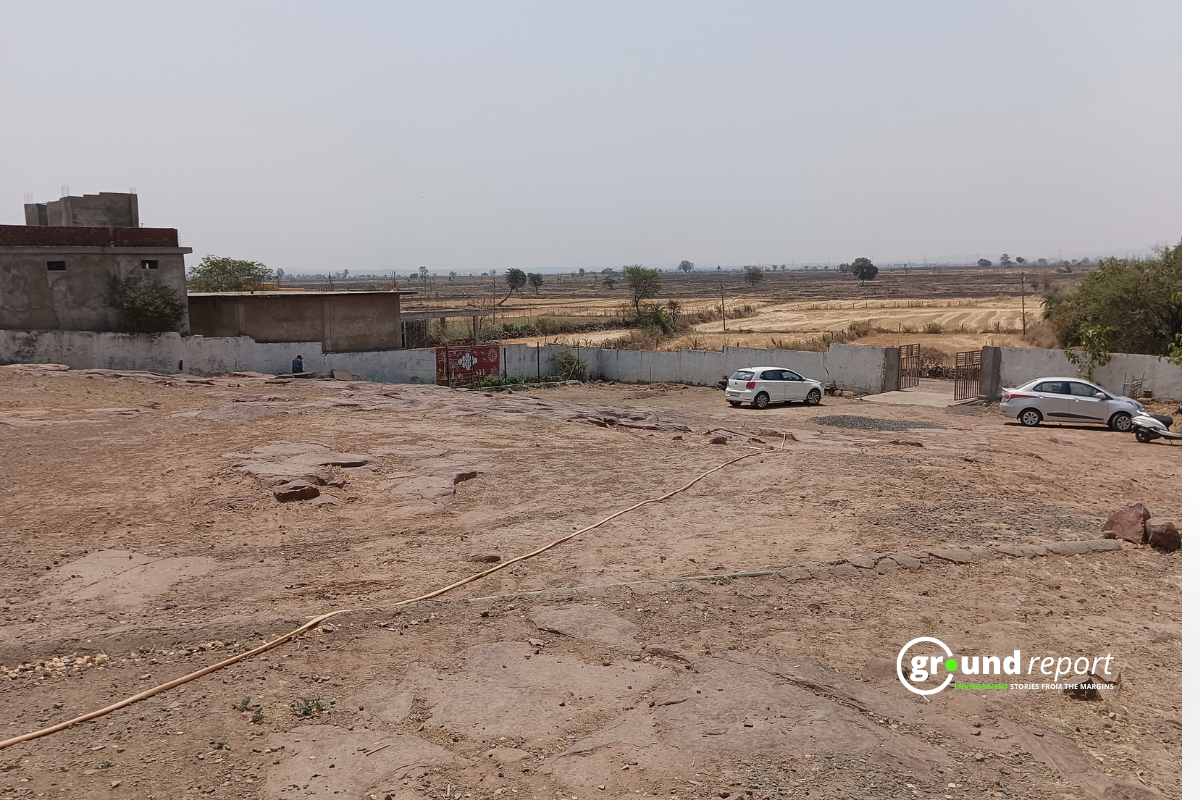A new analysis highlights the critical pace at which wind and solar energy must expand in key countries to limit global warming to 1.5°C. This report, focusing on 11 countries responsible for over 70% of current wind and solar power, indicates these technologies need to increase five-fold by 2030—three times faster than current growth rates—and eight-fold by 2035 to meet global climate objectives.
China achieved its 2030 target of installing 1.2 TW of wind and solar capacity six years early. If it maintains this growth, it could install the 4.5 TW necessary by 2030 to limit warming to 1.5°C. However, with carbon emissions set to peak, China must boost wind and solar growth to accommodate increasing electricity demand and reduce coal usage.
Dr. Neil Grant of Climate Analytics, the report’s lead author, states, “China’s success in renewable energy has positioned it on the brink of peak emissions. Yet, to effectively reduce emissions for 1.5°C, China must surpass its current achievements and deploy wind and solar even more rapidly.”
In India, while wind and solar generation are accelerating, electricity demand is growing even faster. As a result, these renewable sources are still expanding alongside coal, rather than displacing fossil fuels from the energy mix. Coal accounted for 75% of India’s electricity generation in 2023, underscoring the need for significant action to transform the power sector into one predominantly powered by renewables.
The report highlights that India’s wind and solar capacity must grow five to six times by 2030, reaching between 900 and 1200 TWh to align with a 1.5°C compatible pathway. This includes a target of just over 600 GW of installed capacity—460 GW of solar and 150 GW of wind. However, the current pace of deployment is insufficient, with projections indicating a shortfall of 140 GW of solar and 70 GW of wind by 2030 if the existing rollout continues.
India will require large-scale investment to phase down coal power, accelerate renewable energy deployment, and expand its grid. International support, including climate finance, will be crucial in facilitating this energy transition.
The report by Climate Analytics and the NewClimate Institute aims to help governments set new climate targets after COP28 committed to triple renewable energy installations to align with 1.5°C by 2030. Wind energy will provide more electricity than solar until the mid-2030s. By 2050, solar will dominate, supplying about half of total electricity, while wind will contribute a third.
“Wind and solar are fundamental to the energy transition and our most powerful tools against climate change. As countries revise their climate targets, sending a strong message about the essential role of wind and solar can steer the world towards the 1.5°C goal,” emphasizes Bill Hare, CEO of Climate Analytics.
In the United States, wind and solar capacity needs to grow nearly five-fold by 2030, achieving around 1400 GW of installed capacity to align with the 1.5°C target. While the Inflation Reduction Act is accelerating deployment, a faster transition is essential to decarbonize power by 2035.
Markus Hagemann of NewClimate Institute notes, “The US must fulfill its commitment to carbon-free electricity by 2035, aligning with the Paris Agreement. This requires a five-fold increase in wind and solar capacity by 2030 to ensure a complete phase-out of fossil fuels in the power sector by 2035.”
Germany’s wind and solar targets for 2030 are on track for a 1.5°C future. After achieving ambitious deployment rates, Germany should focus on meeting these targets while committing to phase out coal by 2030 and fossil gas by 2035, ensuring its energy transition aligns with Paris Agreement objectives.
National results
| Country | 2022 levels | 2030 benchmark | 2035 benchmark |
| Australia | 44 | 170 | 310 |
| Brazil | 50 | 140 | 200 |
| China | 794 | 4500 | 6600 |
| Germany | 133 | 400 | 510 |
| Indonesia | <1 | 110 | 270 |
| India | 126 | 620 | 1200 |
| Mexico | 18 | 98 | 150 |
| Nigeria | <1 | 54 | 120 |
| Türkiye | 22 | 91 | 150 |
| South Africa | 9 | 66 | 100 |
| United States | 281 | 1400 | 2000 |
Translating global climate goals to national strategies isn’t one-size-fits-all. Each country’s wind and solar expansion depends on factors like electricity demand forecasts, fossil fuel phase-out pace, and availability of other renewables like hydropower and geothermal energy. This analysis serves as an important reference for countries developing new climate targets aligned with 1.5°C.
“Industry is ready to facilitate the rapid deployment of wind and solar to meet our climate goals. Businesses urge governments to establish ambitious, specific, and actionable targets in their Nationally Determined Contributions (NDCs) and energy plans. This clarity is crucial for unlocking investments and ensuring a robust pipeline of renewable projects. Today, we are issuing an open letter calling on leaders to ‘Now Deliver Change’ in their upcoming NDCs,” states Louise Burrows, Head of Government Affairs at the Global Renewables Alliance.
Support us to keep independent environmental journalism alive in India.
Keep Reading
The costliest water from Narmada is putting a financial burden on Indore
Indore’s Ramsar site Sirpur has an STP constructed almost on the lake
Indore Reviving Historic Lakes to Combat Water Crisis, Hurdles Remain
Indore’s residential society saves Rs 5 lakh a month, through rainwater harvesting
Follow Ground Report on X, Instagram and Facebook for environmental and underreported stories from the margins. Give us feedback on our email id greport2018@gmail.com.
Don’t forget to Subscribe to our weekly newsletter, Join our community on WhatsApp, and Follow our YouTube Channel for video stories.









